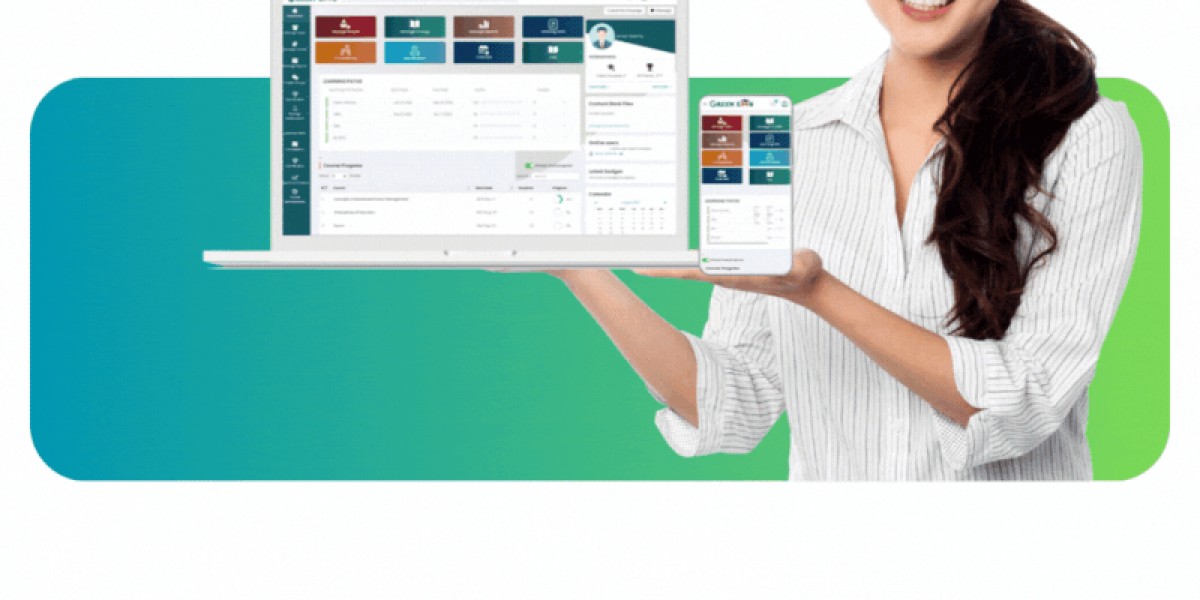Evolving with the Times: How Different Generations Approach Online Education
Digital technology has transformed nearly every aspect of our lives, including how we learn. From traditional classroom settings to virtual platforms, education has undergone significant change over the past few decades. But how does this e-learning landscape look across different generations? As Baby Boomers, Generation X, Millennials, and Gen Z navigate the e-learning ecosystem, their unique backgrounds and experiences lead to diverse approaches and preferences. Let's delve deep into understanding these generational nuances.
- Baby Boomers (Born 1946-1964): Pioneers in a Digital Landscape
While often regarded as digital immigrants, many Baby Boomers have embraced e-learning with enthusiasm. Their primary motivation is often to stay relevant in the workforce or pursue personal growth.
Key Characteristics:
- Flexibility Appreciation: Many Boomers appreciate the flexibility that e-learning provides, especially those looking to acquire new skills post-retirement.
- Skepticism of Technology: This generation may be less trusting of digital platforms, leading to a preference for blended learning experiences that combine online and in-person elements.
- Generation X (Born 1965-1980): The Bridge between Analog and Digital
Gen Xers are comfortably sandwiched between the traditional and digital realms. Their educational journey began with face-to-face learning and transitioned to e-learning, giving them a unique perspective.
Key Characteristics:
- Balancing Act: Many Gen Xers juggle work, family, and education. E-learning platforms that offer asynchronous content fit their busy schedules.
- Critical of Content: This generation is discerning when it comes to e-learning content. They prefer high-quality, engaging materials and often research courses before committing.
- Millennials (Born 1981-1996): Digital Natives Navigating the E-Learning Boom
Millennials have witnessed the meteoric rise of the internet and the proliferation of e-learning opportunities. Their familiarity with technology makes them naturals in this domain.
Key Characteristics:
- Collaborative Learning: Millennials value social interaction and collaboration. Platforms that facilitate group projects and discussions are a hit with this generation.
- On-the-Go Learning: With a penchant for multitasking, Millennials appreciate e-learning solutions that are mobile-friendly, allowing them to learn while commuting or waiting in lines.
- Gen Z (Born 1997 and after): Born into a Digital World
Gen Z has grown up in an era of smartphones and instant access to information. For them, e-learning isn't a novelty; it's a given.
Key Characteristics:
- Multimodal Learning: Gen Z prefers varied formats – videos, quizzes, podcasts, and more. They're most engaged when content is presented through diverse channels.
- Immediate Feedback: Accustomed to instant gratification, Gen Z values platforms that offer immediate feedback on assignments and quizzes.
Designing for Diversity
With such a varied audience, how can e-learning providers cater to each generation effectively?
- Personalization: Offer personalized learning paths. Let learners choose the pace, format, and content that suits their needs.
- Accessible Design: Ensure platforms are user-friendly for all, from tech-savvy Gen Zers to Baby Boomers who might be less comfortable with digital interfaces.
- Community Building: Foster a sense of community through forums, discussion groups, and collaborative projects to cater to the social learning preferences of Millennials and Gen Z.
Challenges and Opportunities
As we understand generational differences, it's crucial to remember that individual preferences can vary widely within a generation. Stereotyping or making assumptions based on age alone can be counterproductive.
Yet, acknowledging these differences presents an opportunity for e-learning platforms. By recognizing and catering to the unique needs of each generation, providers can enhance the user experience, boost engagement, and ensure that learners of all ages can benefit from the vast opportunities that e-learning offers.
- The Role of Lifelong Learning
As the global economy and workplace norms continue to evolve, the emphasis on lifelong learning becomes more pronounced. Each generation, from Baby Boomers to Gen Z, recognizes the importance of continually updating their skills and knowledge.
- Baby Boomers: Often nearing or in retirement, many Boomers are diving into e-learning to explore personal interests, reconnect with abandoned hobbies, or even start new careers. They're seeking courses in arts, history, and health.
- Generation X: As they reach the peak of their careers, Gen Xers are focusing on professional development. They are interested in courses about leadership, management, and specific technical skills relevant to their industries.
- Millennials: While they are well into their career paths, many Millennials find value in broadening their horizons. They're keen on courses that promise personal growth, such as mindfulness, emotional intelligence, and soft skills training.
- Gen Z: While formal education remains their primary focus, Gen Z is always on the lookout for supplementary courses—especially ones that give them an edge in the competitive job market.
The Impact of Gamification
Gamification in e-learning isn’t just a trend; it's a strategic tool. By integrating game mechanics into learning, educators can boost engagement and retention. But how does each generation perceive it?
- Baby Boomers: While not inherently opposed to gamification, Boomers appreciate straightforward and intuitive game mechanics. They might not resonate with complex leaderboards or achievement badges but can enjoy quizzes and interactive simulations.
- Generation X and Millennials: Both these generations are more familiar with gaming and are more likely to appreciate and benefit from gamified content. They enjoy challenges, rewards, and competitive elements.
- Gen Z: Raised in a digital playground, Gen Z expects interactivity. They're likely to engage more with courses that have a strong gamified component, rich in visuals and interactive challenges.
Feedback Mechanisms and Continuous Improvement
E-learning platforms must remain adaptable. By incorporating feedback mechanisms, educators can continuously refine their offerings based on real user experiences.
- Iterative Course Design: Encourage users from all generations to provide feedback. This can help in highlighting areas for improvement, whether it's the depth of content, user interface design, or course pacing.
- Tutor-Student Interaction: While e-learning offers autonomy, the importance of human interaction can't be understated. Platforms that provide avenues for direct interaction with tutors or mentors are appreciated across generations.
Seizing the Future of E-Learning with Green LMS
The world of e-learning is vast and dynamic. Recognizing the nuances between generations can guide platforms in offering a more tailored, effective, and engaging learning experience. But understanding these differences is just one piece of the puzzle. The platform on which e-learning is hosted plays a pivotal role in ensuring that learners get the best possible experience.
Explore the potential of this cloud-based LMS firsthand by signing up for a free lifetime Business LMS with a limit on users. This incredible offer allows you to experience the full scope of features that Green LMS provides, giving you the chance to critically assess if it aligns perfectly with your educational needs and preferences.
Green LMSoffers adaptability and customization for diverse requirements. Whether you're looking for a higher education LMS, a dedicated system for schools LMS, a robust corporate LMS, or a versatile Business LMS, Green LMS has tailored solutions to meet your specific demands. Its comprehensive suite ensures that no learning experience is just educative but also intuitive and enjoyable.
Ready to take the leap into efficient and effective online learning and training management? Dive deep into the world of Green LMS, where learning meets innovation. Click here for Lifetime Free LMS.
With Green LMS, you're not just choosing a platform; you're opting for a future where education is accessible, engaging, and perfectly attuned to every learner's needs.
In Conclusion
The world of e-learning is vast and dynamic. Recognizing the nuances between generations can guide platforms in offering a more tailored, effective, and engaging learning experience. By staying attuned to these differences—and the many similarities—educators can ensure that e-learning remains a powerful tool for enlightenment and growth in our digital age.



